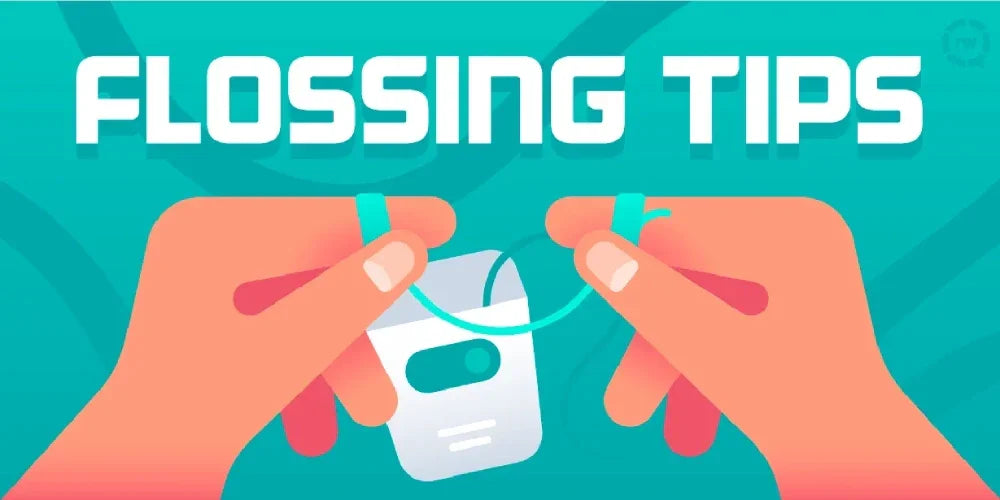Flossing is often overlooked, yet it plays a vital role in maintaining good oral health. While brushing cleans the surface of your teeth, flossing removes plaque and food particles from areas your toothbrush can’t reach—between your teeth and along the gum line. Let’s explore the best flossing techniques for a healthier smile.
1. Traditional Flossing (Best for Deep Cleaning)
-
Cut about 18 inches of floss and wrap most of it around your middle fingers, leaving about 2 inches between your hands.
-
Gently guide the floss between your teeth using a back-and-forth motion.
-
Curve the floss into a “C” shape around each tooth and slide it under the gum line.
-
Use a fresh section of floss for each tooth to avoid spreading bacteria.
2. Floss Picks (For Convenience and Quick Cleaning)
-
Hold the handle of the floss pick and gently glide the floss between your teeth.
-
Move it along the gum line to remove trapped food and plaque.
-
Ideal for on-the-go flossing or for those who struggle with traditional floss.
3. Water Flossers (For Sensitive Gums and Braces)
-
Use a water flosser to spray a steady stream of water between your teeth.
-
This method is great for people with braces, dental implants, or sensitive gums.
-
It effectively removes debris while being gentle on the gums.
Why Flossing Matters?
Regular flossing helps prevent cavities, reduces the risk of gum disease, and promotes fresher breath. If traditional flossing feels inconvenient, try My1Floss, a smart, user-friendly alternative designed to make flossing easier and more effective.
Floss at least once a day, and your gums and teeth will thank you in the long run!
(Sources: American Dental Association, WebMD, Cleveland Clinic)

